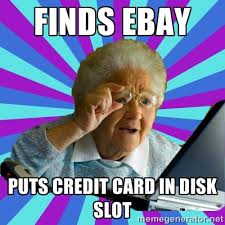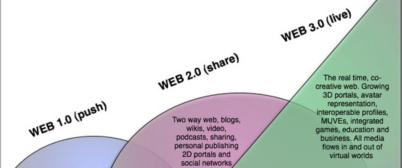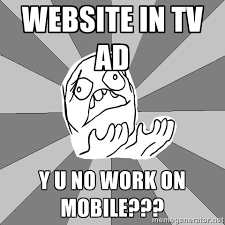As technology evolves, it is becoming essential to integrate more interactive web platforms into traditional business models. The ease of sharing information is leading to higher-than-ever expectations from customers, meaning the weak or slow will cannot survive! There are many options available when building your internet business model, and each option has several variations:
Pay-per-use model: in this model, the use of a product or service is metered and customers are charged when they use the service. The recent development of cloud software has revolutionized the way we meter pay-per-use services. Revenue and use are notoriously unpredictable for this model. iTunes is probably the most popular example of this business model, as it allows users to sample thousands of songs for free, but charges a fee to download the full-length tracks.
Advertising model: advertising models provide free content and services (like email, IM and blog) mixed with advertising messages. Google is an example of a content-targeted advertiser that has the ability to identify the meaning of a webpage, then automatically deliver relevant search results to the searcher.
Subscription model: this model allows users to access special information by providing useful data, such as their name, email address and phone number, similar to a magazine subscription. Subscription sites can include anything from login web portals to eNewsletters sent via email. Netflix uses a subscription model which allows users to create an account (name, email address, payment information), and access hundreds of movies and shows with their internet-enabled devices.

Infomediary model: the premise of an infomediary involves collecting, analyzing and selling the information of consumers, including their buying behavior, to third parties who want to reach out to those consumers. Some infomediaries will go as far as to provide the consumer with the hardware to browse the internet in order to fully track their online activities. Nielsen is a large online audience market research agency, which collects user data and makes it available for download or purchase (generally to marketers).
Ecommerce models: these models allow a business or an individual to engage in the selling of products or services via the internet. These days, most retailers have an online “eTailer,” or ecommerce site, like barnesandnoble.com or LOFT.com.
Freemium model: in a freemium business model, there is a core product that is given away for free, but the user is given the option to upgrade their service to a paid premium version. Skype is one example of a freemium is Skype, which allows users to upgrade their service to include voicemail, conference calls and worldwide connection to landlines and mobile phones.
Web 3.0: while web 2.0 was characterized by the ability to quickly share information,
it is quickly being phased out to make way for Web 3.0. Web 3.0 is driven by data, and has the ability to tailor to the  needs of the user. Mindful of your interests, searches on search engines would yield results that are catered to you unlike ever before. To make Web 3.0 a reality, it would require massive storehouses of Big Data.
needs of the user. Mindful of your interests, searches on search engines would yield results that are catered to you unlike ever before. To make Web 3.0 a reality, it would require massive storehouses of Big Data.
It is important to note that the business model that is right for companies similar to yours may not be right for you. Do your research carefully, as several of the business models are very similar. Also, keep your overall business goals in mind when choosing a model, as your online efforts could be instrumental in reaching them.






 online. This goes for certain social media platforms as well, notably YouTube and Pinterest. It’s getting harder to BS search engines with low-quality content.
online. This goes for certain social media platforms as well, notably YouTube and Pinterest. It’s getting harder to BS search engines with low-quality content.